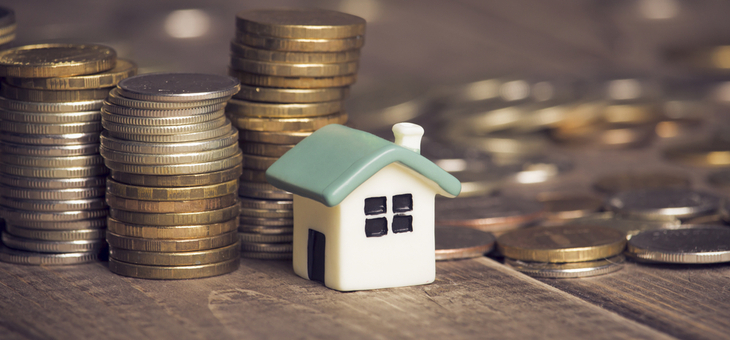Average mortgage balances among older Australians ballooned by 600 per cent between 1987 and 2015 – and are predicted to continue upwards. The consequences for retirees’ incomes and health, for the Federal Budget and housing policy are considerable.
According to data collected by the Australian Bureau of Statistics (ABS), about 80 per cent of homeowners in the 55–64 age group in 2001 were mortgage free. Fast forward 15 years and only 56 per cent of that group were mortgage free.
Over the same period, home-ownership rates for 55 to 64-year-olds had dropped from 86 per cent in 2001 to 81 per cent in 2016.
Based on a report by Australian Housing and Urban Research Institute (AHURI), academics at The Conversation predicted that the number of outright homeowners aged 55-64 would further plunge by 42 per cent by 2031, from more than 1.2 million in 2016 to 708,000 in 2031. “On the other hand, the numbers of older mortgagors and private renters are projected to soar [by 2031],” the article continues. “Among 55-to-64-year-olds, mortgagor numbers jump from under one million to over 1.6 million, a 71 per cent increase. The number of private renters rises by 54 per cent from 369,000 to 567,000.”
The implications for budget planning are considerable.
The anticipated changes will see a big rise in the number of older Australians eligible for Commonwealth Rent Assistance (CRA), with those payments forecast to blow out from $972 million a year in 2016 to $1.55 billion a year in 2031.
“On its own, demographic change is forecast to lift the number of CRA recipients, and the real cost of providing CRA, by around 35 per cent,” the article continues.
“Add the projected increases in the private rental share of the housing stock and the number of CRA recipients is estimated to rise by 60 per cent – from 414,000 to 664,000 – between 2016 and 2031.”
Conversation authors Professors Rachel Ong ViforJ and Gavin Wood and research fellows Melek Cigdem-Bayram and Silvia Salazar say they expect to see public housing waiting lists grow. They estimate the number of older people eligible for public housing will rise from 247,000 to 441,000 in 2031 – a 79 per cent increase.
As a result, demand for public housing would grow and a spike in homelessness among older Australians was a certainty. “If all else remains unchanged in the housing system and economy, seniors on public housing wait lists will increase by over 75 per cent,” the authors say. “That’s more than twice the 35 per cent increase in the population of seniors between 2016 and 2031.
“Community housing organisations would also come under increasing pressure.
“As the number of senior private rental tenants grows, governments will need to reform tenancy regulations in ways that enable housing retrofits to meet mobility needs and allow for ageing in place. Tenure insecurity in the rental sector could hinder planning for aged support services.”
Prof. Ong ViforJ said: “On the policy front, the Government has to be really looking ahead and preparing for the fact that they might see more people tipping out of home ownership later in life and moving into the rental system.”
High mortgage debt posed a further risk as many among older people would spend their superannuation to pay off their housing debt, leaving them with insufficient funds to live off, she said.
If you enjoy our content, don’t keep it to yourself. Share our free eNews with your friends and encourage them to sign up.
Related articles:
Australian men top life expectancy
Distrust of advisers still rampant
Aged care deposits explained

